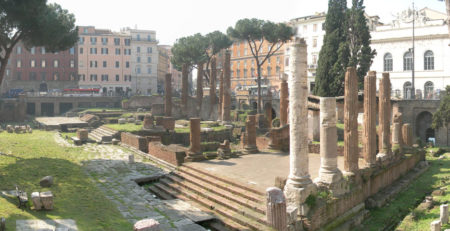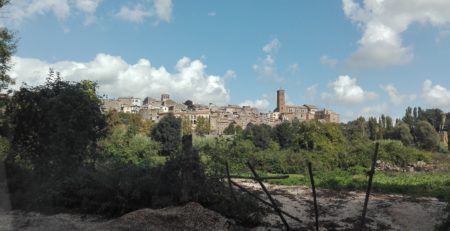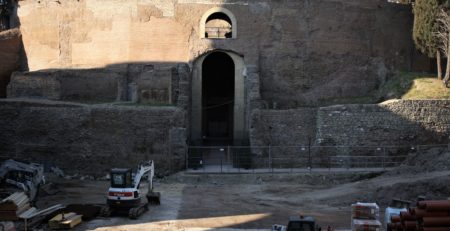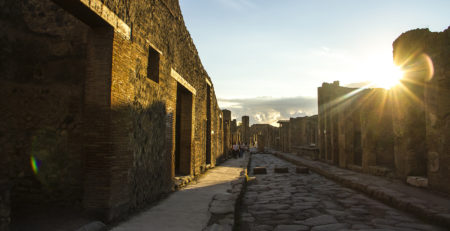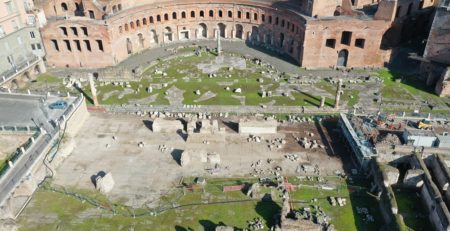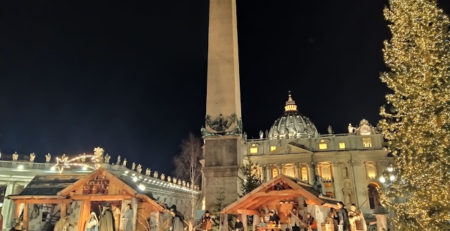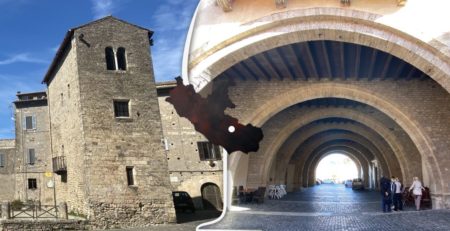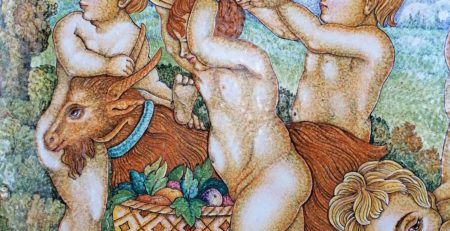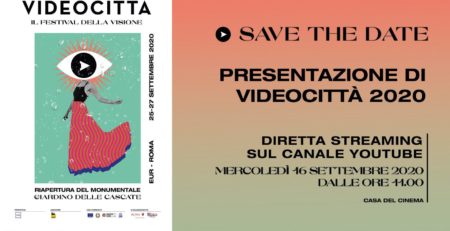Milan World EXPO: Design highlights
From a metal beehive to an entire microclimate, these are some of the best design highlights of the Milan World EXPO 2015.
This year’s theme at the World Exposition Milan is “Feeding the Planet, Energy for Life.”
Each one of the 140+ participating countries demonstrates their nation’s present state of agriculture and advances in technology regarding transformation and production of food, as well as the science behind it. The Expo site (which covers approximately one million square meters) is located just outside of the city and was inspired by the structure of an ancient Roman city. Organized by nationalities and thematic clusters, exhibitors show off everything from an entire microclimate to walls covered in seeds, and everything in between. While the exhibits are diverse, the through-line is an exploration of humankind’s relationship with food, nourishment and environment.
There is still a week left, to catch the end of this brilliant design festival.
The “Tree of Life” is the core of this year’s expo. Designed by Marco Balich (the man behind some of the most spectacular events of the last decade, including the opening ceremony of the Rio Olympics) this stand is 37 meters high and somewhat overwhelming. More than just a monument, the tree comes to life every hour; offering an incredible show which includes music, water and lights. The performance varies during the day and will take place 1260 times until the end of October.
The first installation visitors will encounter, Pavilion Zero acts as a foreword to the expo’s themes—an introduction to the relationship between humans and Mother Nature. The rich and spectacular scene was curated by award-winning set designer Giancarlo Basili, and it’s hosted inside of a succession of linear domes designed by architect Michele De Lucchi. The exploration starts with a stunning wooden library full of drawers, followed by a jaw-dropping movie screen, walls full of seeds, sculptures of white animals, a huge lead wall, reproductions of garbage dumps and natural catastrophes. Visitors are involved and shocked at the same time, bombarded by memory, knowledge, origins, community, economy, revolution and speculation. Luckily though, harmony is the happy ending.
Designed by Nemesi & Partners and inspired by a urban forest, the Padiglione Italia is a completely white and irregular box made of hi-tech concrete. The shapes of the architecture call to mind car or boat design—both stand out in the local industry. The heart of the pavilion is a journey through Italy and its contradictions; from stories about young innovators to ruins, and even the dozens of dialects. Italy’s beauty is well-represented in a series of cyclorama rooms covered with mirrors: a sense of marvel is guaranteed through the infinite multiplication of details, in a sort of dream-like abstraction.
Austrian Pavilion: Breathe Austria
The Austrian Pavilion cleverly offers visitors an experience with the best product the country has to offer: air. Inside a minimalistic concrete structure, Commissioner General Josef Pröll and project director Rudolf Ruzicka managed to unite nature and technology by recreating an Austrian forest and its microclimate. The pavilion produces enough oxygen for 1,800 people each hour and, according to the official statement, that air will stay in visitors lungs for two years. The installation is a peaceful oasis, where visitors rest, enjoy local food, take their time to enjoy the prefect temperature—and breathe.
Brazil: feeding the world with solutions
Beyond stereotypes, Brazil’s pavilion translates many ideas that many have about the nation: playfulness, fun, exuberance of nature and modernist architecture. The entrance to the building is an adventure in itself: visitors can access the structure by walking on a huge surface made of nets. The second environment is a completely white, lab-like structure where visitors have the opportunity to discover that Brazil is one of the biggest producers of food in the world—and there’s a lot of science behind it. On the way out, attendees walk underneath the nets through a luxuriant vegetable garden.
Upon entering the UK’s pavilion, visitors will feel like a bee in a hive—as desired by artist Wolfgang Buttress when he conceived the intricate yet logical metallic structure. Before climbing into this honeycomb, visitors can walk through the grass, but once again the point of view is that of bees—since the paths in the grass are irregularly designed trenches. Visually stunning, this is sure to be one of the most photographed pavilions at Expo 2015.
Website: http://www.expo2015.org/it








